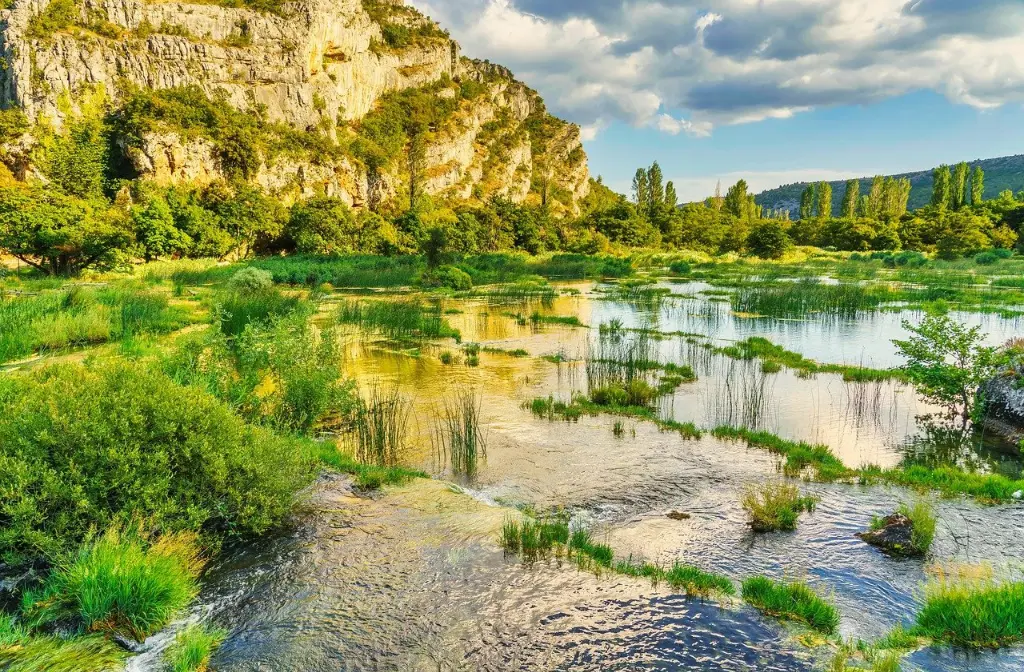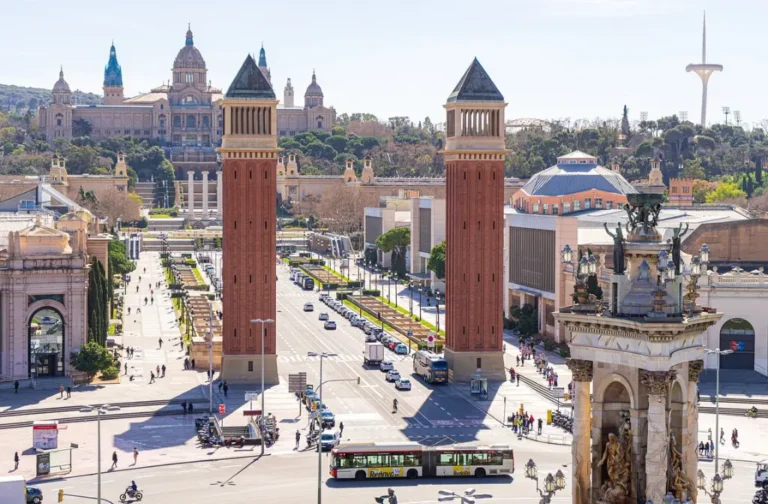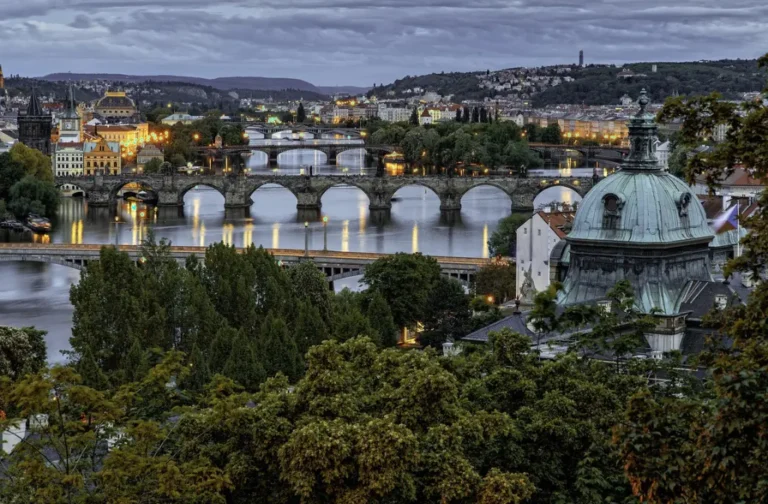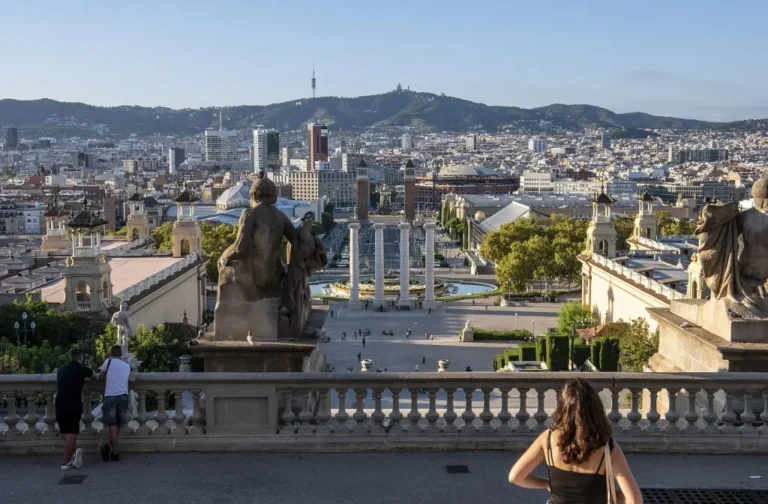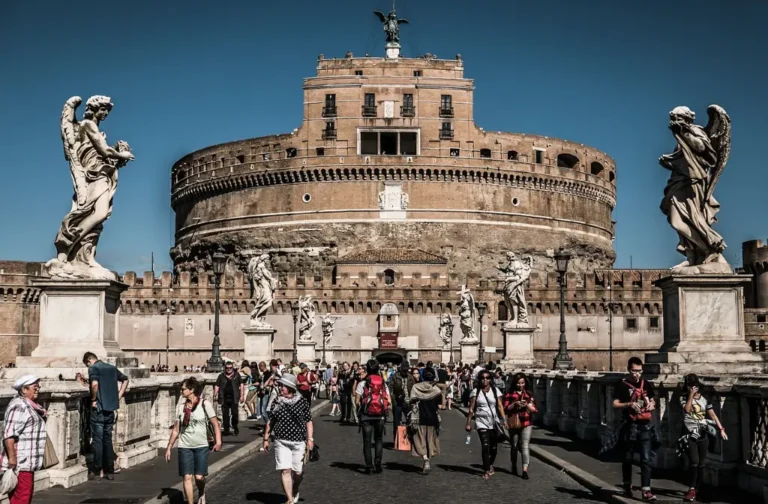Croatia Dalmatian Coast: 7 Must-See Spots
Table of Contents
Croatia Dalmatian Coast: 7 Must-See Spots for Unforgettable Adventures
The Croatia Dalmatian Coast is a treasure trove of beauty, history, and adventure, offering a unique blend of natural wonders, stunning beaches, and ancient towns. If you’re looking to explore one of Europe’s most enchanting coastlines, this guide is your perfect companion. From UNESCO World Heritage Sites to hidden gems and vibrant culture, the Croatia Dalmatian Coast has something for every traveler. In this article, we’ll explore the 7 must-see spots you cannot miss along this stunning stretch of coastline. Whether you’re a history enthusiast, a nature lover, or someone seeking a serene escape, the Croatia Dalmatian Coast promises to deliver unforgettable experiences.
1. Dubrovnik: The Pearl of the Adriatic
Dubrovnik, often referred to as the “Pearl of the Adriatic,” is one of the most famous and historically significant cities along the Croatia Dalmatian Coast. As a UNESCO World Heritage Site, it is a living testament to the wealth and power of medieval Dubrovnik Republic. But what makes this coastal gem truly stand out?
A UNESCO World Heritage Site
The medieval Old Town of Dubrovnik is encircled by massive stone walls that have stood the test of time. These walls, dating back to the 10th century, are some of the best-preserved in the world. They are not only a marvel of architecture but also provide incredible views of the shimmering Adriatic Sea. A walk along the city walls is an absolute must-do when visiting Dubrovnik, offering panoramic views of the Old Town and beyond.
A Film Buff’s Paradise
In addition to its historical significance, Dubrovnik has found fame as a filming location for the popular TV show Game of Thrones. Known as King’s Landing in the series, Dubrovnik’s iconic landmarks such as the Rector’s Palace and the Fortress of St. Lawrence have become pilgrimage sites for fans of the show. Even if you’re not a fan of the show, walking through the scenes of Game of Thrones is an unforgettable experience.
Best Time to Visit
The best time to visit Dubrovnik is during the shoulder seasons—spring (April to June) and fall (September to October)—when the weather is pleasant, and the crowds are fewer. Summer can be overwhelming with tourists, but a visit in the off-season allows you to experience Dubrovnik in a more relaxed and intimate way.
2. Split: The Roman Empire’s Lasting Legacy
Split is the second-largest city on the Croatia Dalmatian Coast, and it boasts an impressive mix of ancient history and modern life. Known for its connection to the Roman Empire, Split offers a fascinating journey through time.
Diocletian’s Palace
At the heart of Split lies Diocletian’s Palace, one of the most well-preserved Roman structures in the world. Built as a retirement residence for Emperor Diocletian in the 4th century, the palace is not just a historical site; it is the very foundation of Split. Within the walls of the palace, you’ll find a mix of ancient Roman architecture, medieval structures, and modern life. The peristyle, the central courtyard, is a prime example of Roman engineering and design. Make sure to explore the cellars of the palace, which served as a storage area and are now home to various exhibitions.
Vibrant City Life
While Split has a rich history, it is also a vibrant modern city. The city’s Riva promenade is bustling with cafes, restaurants, and shops, making it a perfect spot to relax and people-watch. The combination of ancient architecture and modern urban life makes Split a unique destination on the Croatia Dalmatian Coast.
A Gateway to Islands
Split is the perfect jumping-off point for exploring nearby islands like Hvar, Brač, and Vis. With ferries regularly departing from the Split harbor, you can easily access some of Croatia’s most beautiful islands, each with its own charm and appeal. Whether you’re seeking quiet beaches, hiking trails, or historical sites, these islands offer something for everyone.
3. Hvar Island: Sun, Sea, and Lavender Fields
Hvar is one of the sunniest places in Europe, making it an ideal destination for those looking to soak up the rays and enjoy the Mediterranean lifestyle. The island is famous for its crystal-clear waters, beautiful lavender fields, and vibrant nightlife.
The Island of Sunshine
With more than 2700 hours of sunshine a year, Hvar is often dubbed the “Island of Sunshine.” It’s perfect for beach lovers and anyone who wants to bask in the Mediterranean sun. Strolling along Hvar’s waterfront, you can admire the palm-lined promenade and enjoy a refreshing drink in one of the many cafes.
Lavender and Vineyards
Hvar is also known for its picturesque lavender fields, which bloom in vibrant purple during the summer months. The island has a long history of lavender cultivation, and you can visit local farms to learn about the process and purchase lavender products. In addition, Hvar’s vineyards produce some of Croatia’s best wines, particularly the red wine variety known as Plavac Mali. Wine enthusiasts will enjoy touring the island’s wineries and tasting the local wines.
A Nightlife Haven
Hvar is also famous for its lively nightlife scene. The island draws visitors from around the world who are looking for upscale bars, chic clubs, and beach parties. Whether you’re interested in a relaxed evening at a seaside café or dancing under the stars at a glamorous nightclub, Hvar offers a nightlife experience to suit every taste.
4. Korčula Island: A Step Back in Time
Korčula, often called “Little Dubrovnik” due to its resemblance to the iconic city, is one of the most enchanting islands on the Croatia Dalmatian Coast. Known for its medieval towns, picturesque beaches, and rich history, Korčula is a must-see destination.
The Birthplace of Marco Polo
Korčula is often claimed to be the birthplace of the famous Venetian explorer Marco Polo. While the exact location of his birth is still debated, Korčula Town is proud of its connection to the explorer. The Marco Polo Museum offers fascinating insights into his life and travels. Whether or not he was born here, Korčula certainly holds a significant place in world history.
Medieval Town Charm
Korčula Town is a charming labyrinth of narrow stone streets, ancient churches, and well-preserved fortifications. Walking through the town feels like stepping back in time, with each corner offering a new glimpse into the island’s medieval past. Be sure to visit St. Mark’s Cathedral, a beautiful example of Gothic architecture.
Wine and Dining
Korčula is also known for its culinary delights, particularly its local wines. The island produces some of Croatia’s finest white wines, including the popular Grk and Pošip varieties. Enjoy a glass of wine while dining at one of the many seaside restaurants, where fresh seafood is always on the menu.
5. Plitvice Lakes National Park: Nature’s Masterpiece
Plitvice Lakes National Park is one of the most stunning natural landscapes in Croatia. This UNESCO World Heritage Site is a must-see for nature lovers, with its mesmerizing waterfalls and crystal-clear lakes.
A UNESCO World Heritage Site
Plitvice Lakes is one of the most famous natural wonders in the world. The park’s 16 turquoise lakes are connected by a series of waterfalls, creating a stunning visual display. The lush green forests and diverse wildlife add to the park’s beauty, making it a paradise for photographers and nature enthusiasts alike.
Hiking and Photography
There are several well-marked trails within the park, ranging from easy walks to more challenging hikes. Whether you’re looking to capture the perfect photograph of the waterfalls or simply enjoy the tranquility of nature, Plitvice Lakes offers something for everyone. Remember to bring your camera—you’ll want to capture the breathtaking scenery.
Best Time to Visit
The best time to visit Plitvice Lakes is in the spring or early fall, when the weather is mild, and the park is less crowded. Summer can be busy, but the beauty of the park is undeniable year-round.
6. Zadar: Sunsets and Roman Ruins
Zadar is a city where history and modernity meet. Known for its Roman ruins, Venetian architecture, and stunning sunsets, Zadar is one of the most underrated gems along the Croatia Dalmatian Coast.
The Sea Organ
One of the most unique attractions in Zadar is the Sea Organ, an architectural masterpiece that uses the movement of the sea to create music. This ethereal soundscape is produced by wind and waves passing through a series of pipes hidden under the steps of Zadar’s waterfront. It’s a truly magical experience and a must-see when visiting Zadar.
A Perfect Sunset
Zadar is also famous for its sunsets, which are some of the most spectacular in the world. Alfred Hitchcock famously said that Zadar has the most beautiful sunsets he had ever seen, and many visitors agree. Head to the waterfront, find a comfortable spot, and watch as the sun dips below the horizon, casting a golden glow over the sea.
Roman and Venetian Influences
Zadar is a city steeped in history, with Roman ruins, Venetian churches, and medieval fortifications. The Roman Forum, located in the heart of the city, is a reminder of Zadar’s importance during the Roman Empire. The city’s cathedral, St. Anastasia’s, is another example of its rich architectural heritage.
7. Makarska Riviera: Stunning Beaches and Scenic Beauty
The Makarska Riviera stretches for more than 60 kilometers along the Croatia Dalmatian Coast, offering some of the most beautiful beaches in Croatia. This region is perfect for travelers looking for a peaceful retreat by the sea.
An Idyllic Coastal Stretch
With its crystal-clear waters, pebble beaches, and towering mountains in the background, the Makarska Riviera is a picture-perfect destination. Whether you prefer lounging on the beach or exploring hidden coves, you’ll find plenty of scenic spots to enjoy.
Outdoor Adventures
The Makarska Riviera is also a paradise for outdoor enthusiasts. You can hike the Biokovo Mountain, which offers panoramic views of the coastline and islands. Other activities include sailing, kayaking, and cycling, making this region ideal for active travelers.
Traditional Dalmatian Villages
Along the Makarska Riviera, you’ll find charming villages where you can immerse yourself in authentic Dalmatian culture. These villages are perfect for strolling, with their narrow streets, stone houses, and local markets selling fresh produce and artisanal products.
Conclusion: Explore the Beauty of the Croatia Dalmatian Coast
The Croatia Dalmatian Coast is a region full of contrasts—ancient history, modern culture, stunning nature, and vibrant communities. From the medieval walls of Dubrovnik to the tranquil beaches of the Makarska Riviera, there’s something here for every type of traveler. The 7 must-see spots outlined in this article are just the beginning of your adventure in this incredible part of the world. Whether you’re seeking relaxation, adventure, or history, the Croatia Dalmatian Coast is a destination that will leave you with memories to last a lifetime.

